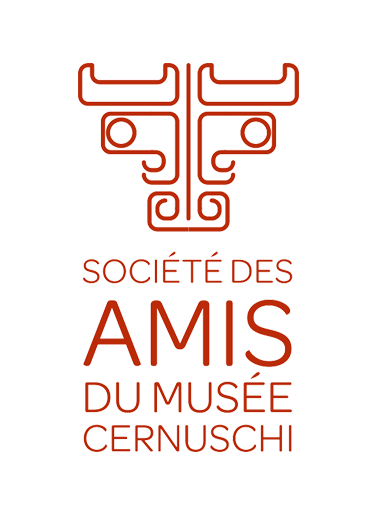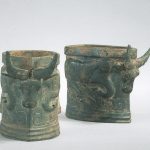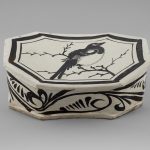2020: Reposing in Changzhou 臥 游 長 洲 圖
Wang Tiande 王天德
Born in 1960 Shanghai, China 中國 上海
2018
85 cm x 70 cm.
Indian ink and traces of burns on rice paper. Stamping of a Qing stele.
A graduate of the Zhejiang Academy of Fine Arts in both Chinese painting and calligraphy departments, Wang Tiande (b.1960) is known for installations, photographs, calligraphy and ink paintings. . Through his various creations, he participated in particular in the effervescence of the Chinese artistic scene between the mid-1980s and the current of the 1990s. His experiments and those of other artists of his generation then helped to acclimatize traditional techniques and references. to a contemporary vocabulary as well as to reconnect with a history whose continuity has just been destroyed by a decade of Cultural Revolution.
The gradual recognition, from the end of the 1990s, of the experimental practices of ink painting by the art market and major museum institutions allowed Wang Tiande to become famous for his landscapes produced from 2002 onwards. Compositions, subjects, patterns and textural effects are directly inspired by Ming and Qing painting. However Wang Tiande keeps this story at a distance by using new techniques. The landscape is certainly painted in ink on paper according to the most orthodox means, but it is covered by a second sheet, mounted on the first and burned by means of cigarettes or incense sticks in order to materialize the contour lines. mountains and trees. These two superimposed landscapes thus offer a stratigraphy combining a contemporary layer with a traditional layer which constitutes the basis of a new form of expression and always remains, like a palimpsest, perceptible. This relationship between the present, nourished by history, and the past, extended in new forms, is made even more explicit by the inclusion in the composition of a stamping from the Qing period.





